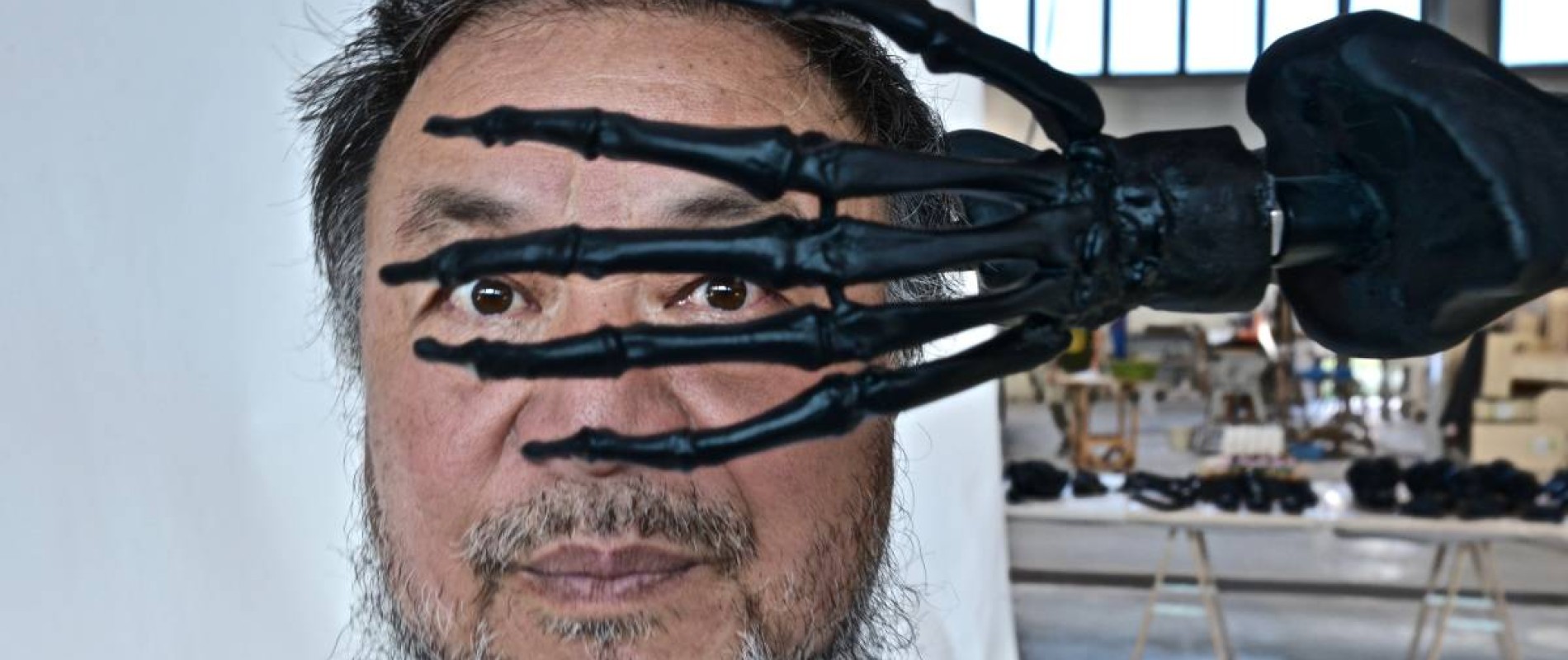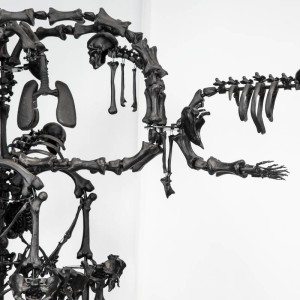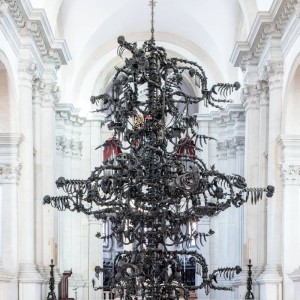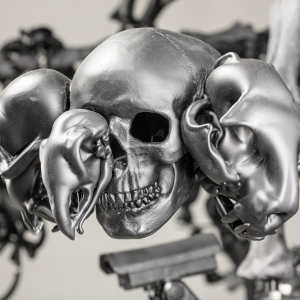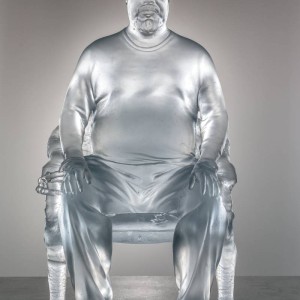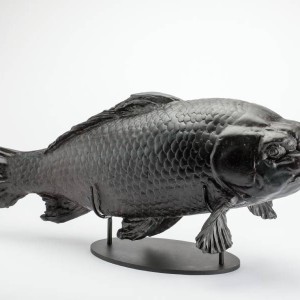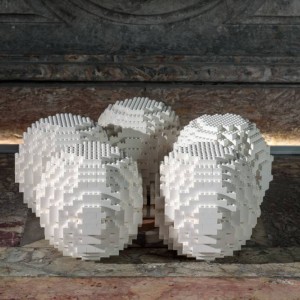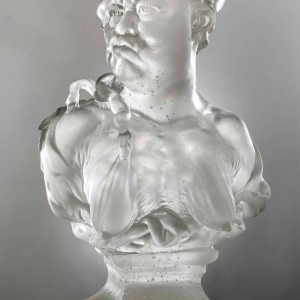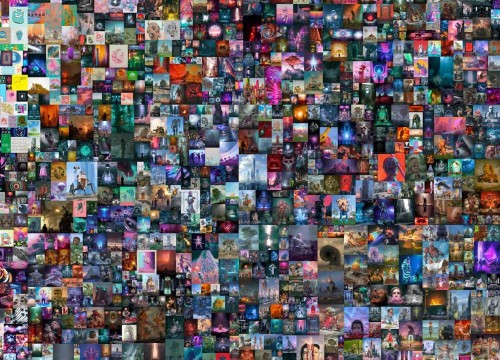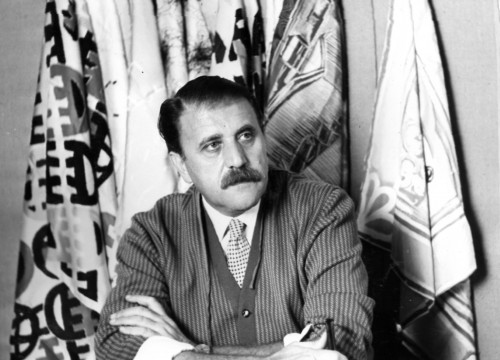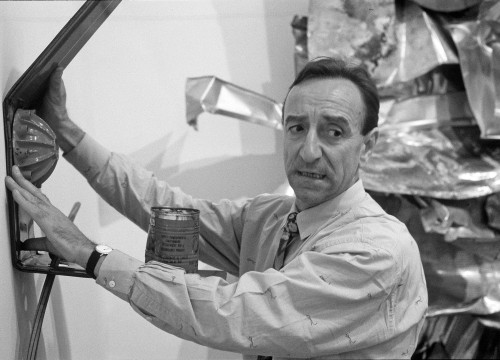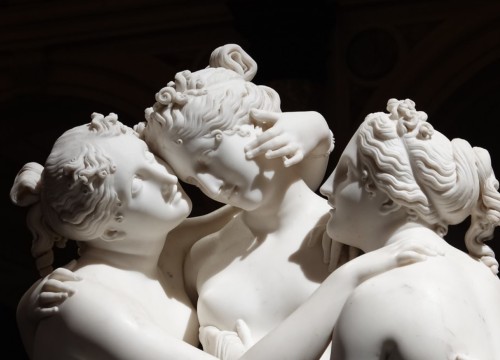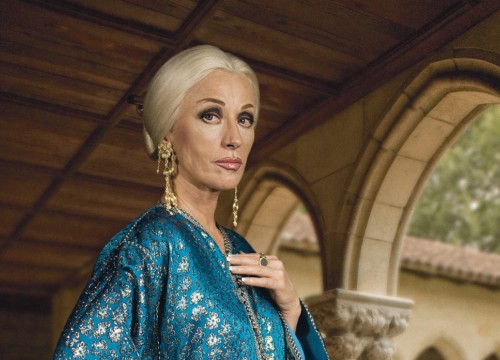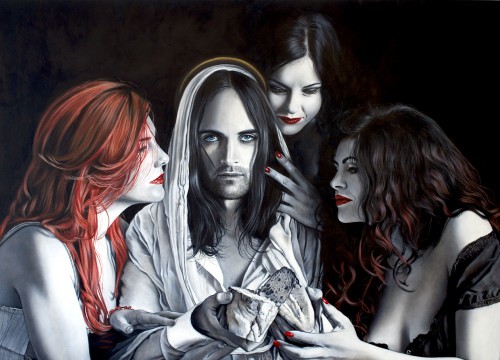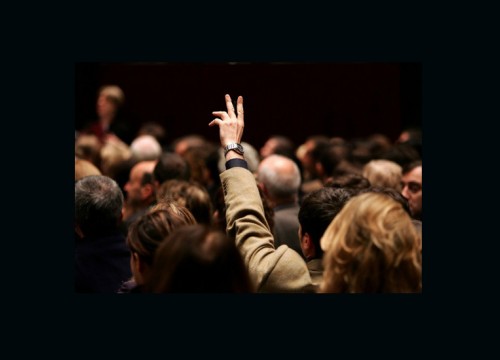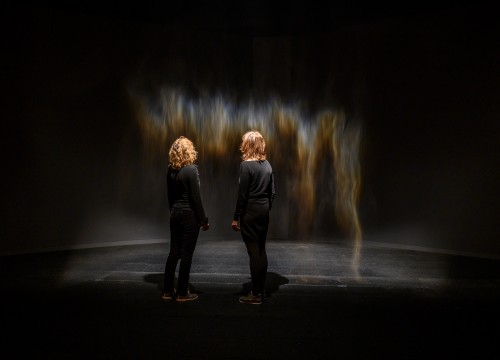Ai Weiwei in Venice
The exhibition is in the abbey of San Giorgio Maggiore
"Glass has unlimited possibilities. It is a burning fire, but after a while it becomes an icy fire. It is a romantic material, from liquid can take any form, it is colored or transparent". This is how the Chinese artist Ai Weiwei describes his meeting with glass, which took place a few years ago after a visit to the foundry of Adriano Berengo, co-curator of the exhibition "La Commedia Umana - Memento Mori", hosted in the magnificent setting of San Giorgio Maggiore Abbey in Venice. The centerpiece of the exhibition is La Commedia Umana, a chandelier weighing 2700 kilos, composed by 2000 pieces of black glass representing anatomical fragments of human bodies, - from pelvic bones to the liver, from the brain to the intestines - joined together to build a unique structure, eight meters high and six meters wide, where some elements related to the artist's research appear: crabs, bats, animal skulls and even the bird - symbol of Twitter. It is one of the largest glass artworks ever created, made through a combination of traditional and experimental techniques and enhanced by lighting developed by Luce 5, positioned in the center of the nave of the St. George Basilica, after it was first unveiled in one of the halls of the Diocletian Baths in Rome last March.
THE SPECTACULAR CHANDELIER IS
ONE OF THE LARGEST GLASS WORK OF ART EVER
"This huge, suspended sculpture of black glass is unique, nothing like it has ever been seen or made before. Part of its beauty remains a mystery, a human tragedy, a comedy, it arouses a tangle of conflicting feelings and suggestions that each of us must try to unravel in our own way. It is a work that forces us to come to terms not only with our own mortality, but also with the role our lives plays in the great theater of human history, " Adriano Berengo tells us.
LA COMMEDIA UMANA CHANDELIER WEIGHS
2700 KILOS AND IS MADE OF 2000 PIECES OF BLACK GLASS
"Glass, a special material and part of everyday life, bears witness to the joy, anxiety and concern in our reality", adds the artist. A dark thread binds the possible references to current events, such as the metal cable that joins the glass bones of the chandelier together: the refugees who disappeared in the Mediterranean Sea, the dead from the pandemic, and now the war victims in the Ukraine. "One must coexist with death, not erase it. The artist has a responsibility to focus on humanity and to keep asking who is dying, why and how," Ai Weiwei stresses. The exhibition continues in the premises of the Abbey of San Giorgio Maggiore, and brings together eight previously unseen glass works, such as Brainless Figure in Glass (2022) a self-portrait created through digital technologies and the manually made sculpture Glass Root (2022), related to woodworking after the discovery of the results of deforestation in Brazil in 2017. While Glass Takeout Box (2022) and Glass Toilet Paper (2022) are also noteworthy, ample space has been given to works executed with Lego bricks, including the large Sleeping Venus (After Giorgione) (2022), Know Thyself (2022) and Untitled (After Mondrian) (2022).
Info: comunicazione@berengo.com
Ai WeiWei
La commedia umana
Memento mori
Venice, Abbazia di San Giorgio Maggiore
Curated by Ai Weiwei, Adriano Berengo Carmelo A. Grasso
Until 27/11

